Young scientists’ ‘outside’ lives
Science fair finalists include firefighters, musicians and even magicians
Share this:
- Share via email (Opens in new window) Email
- Click to share on Facebook (Opens in new window) Facebook
- Click to share on X (Opens in new window) X
- Click to share on Pinterest (Opens in new window) Pinterest
- Click to share on Reddit (Opens in new window) Reddit
- Share to Google Classroom (Opens in new window) Google Classroom
- Click to print (Opens in new window) Print
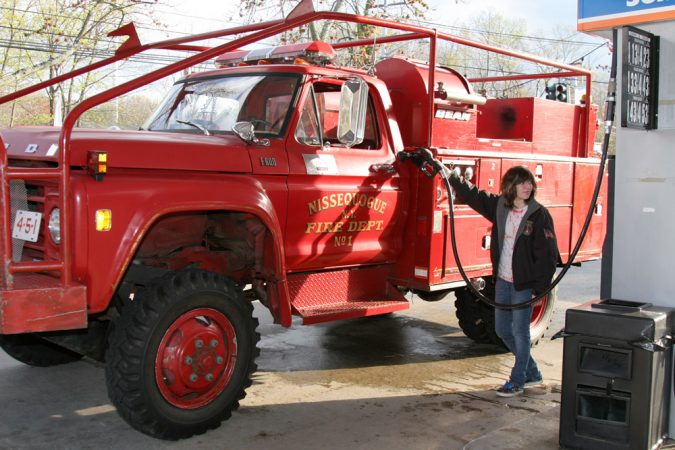
To say that Rachel Davis, 18, is interesting might be an understatement. Davis, a student at Smithtown High School East in Saint James, N.Y., is a firefighter who puts out flames using hoses — and science. After she lost her own family home in a blaze, Davis joined her local volunteer firefighting department at age 16. This winter, she rushed to put out a towering house fire alongside nearly 150 other emergency personnel. She’s modest about this extracurricular activity, saying only “It’s a lot of carrying things.”
If that wasn’t enough, Davis has also designed a new type of plastic that resists going up in flames. That means it won’t start terrible fires. And it should prove useful in making a range of products. For her work, Davis was selected as a finalist in the Intel Science Talent Search, a national competition for high school seniors sponsored by Society for Science & the Public, which also publishes Science News for Kids.
Of the 40 finalists that came to Washington, D.C., as part of the competition in March, Davis is hardly unique in having an active life outside of class. Her fellow researchers — whose projects tackled an array of subjects from secret codes to radioactive waste in drinking water — are also gifted artists, athletes and musicians. One even performs magic tricks. “This is one of the most interesting groups of people I have ever met,” said finalist Marian Bechtel, 17, during a speech at the awards ceremony for the competition on March 11. The feeling is mutual: Bechtel, a student at Hempfield High School in Lancaster, Pa., was selected by her peers to receive this year’s Seaborg Award.
Like the young firefighter, many of this year’s other finalists have outside activities that fit in with their research.
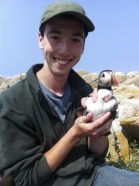
Benjamin Van Doren, 18, a student at White Plains High School in New York, for instance, is an avid bird-watcher. He also studies how many of the birds that he observes migrate during winter. His findings won him fifth place in the competition.
In some cases, however, connections between finalists’ hobbies and science are less clear.
Take Juliana Coraor, 17. This young scientist from Huntington High School in New York is also a competitive kayaker. In both pursuits she seeks out interesting patterns, she says. When Coraor was younger, she recalls, her mother (a professional geologist) used to show the girl replicas of atoms — the basic unit of all elements — arranged in crystal patterns. She could immediately appreciate how those atoms joined together to make repeating shapes, similar to the pattern of tiles on the bottom of a swimming pool. Now, Coraor studies substances called ferroelectric materials. Their atoms form particular crystal patterns that give them unique electrical properties. “I just love the fact that the specific crystal structures of these materials give rise to their elegant properties,” she says.
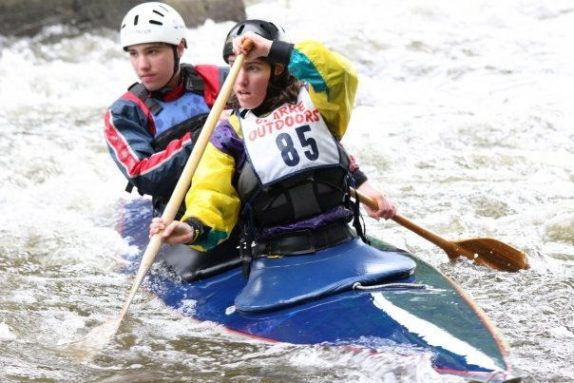
One of her favorite parts of kayaking is the moment before a race begins. She often stands above the course, trying to figure out the pattern of currents below. “You have to read the water,” she says, figuring out where the current is the fastest and where it’s slowest.
Anna Sato, 17, doesn’t think that, in the end, artistic hobbies and scientific research are all that different. “I find there are so many connections between science, music, art and dance,” says Sato, who attends Ward Melville High School in East Setauket, N.Y.
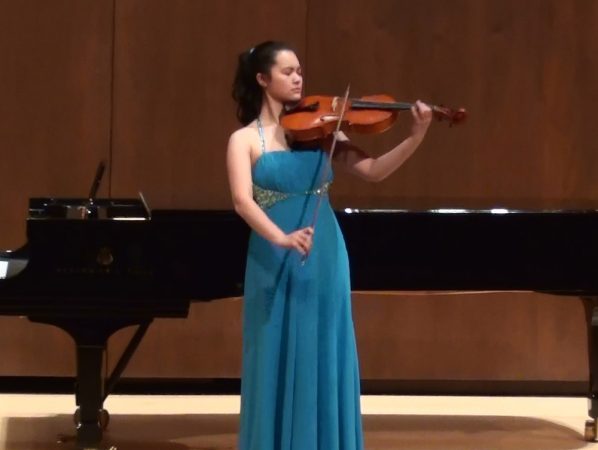
For her research, Sato designed a new type of filter that removes dangerous radioactive particles from drinking water. She’s also an accomplished viola player and a talented artist. She wrote and illustrated a children’s book with her mom (a Japanese teacher) that introduces young students to Kanji characters. These symbols are similar to English letters, but each stands for a word, such as dog or boat. To illustrate the Japanese characters for one, two and three — or ichi, ni and san — Sato depicted her cousin punching the air in a series of karate moves. Sato says that drawing or playing the viola can clear her head after long hours of studying. And the activities can even help her think through obstacles related to her research.
Students like Sato didn’t escape the attention of Andrew Yeager, a cancer researcher at the University of Arizona Cancer Center in Tucson. He’s been judging the competition for more than 30 years and says, “It’s almost the rule rather than the exception that these students have phenomenal accomplishments in areas outside of their projects.”
This year, Yeager learned that firsthand from finalist Jordan Cotler, a 17-year-old at Glenbrook North High School in Illinois. The young physicist has an admittedly odd hobby: He is a professional magician who has sold his designs for 27 new tricks to magic books. During a break, the teen offered to show Yeager a card trick. Yeager remembers he picked a card and Cotler shuffled it back into the deck. But then, the young wizard started mumbling as if he had just taken a big bite of food. “He’s got the chosen card in his mouth,” Yeager recalls, laughing.
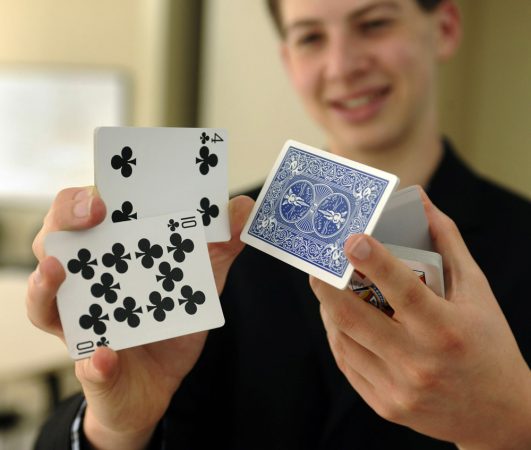
For Cotler, science and magic aren’t as different as some might think. “A beautiful magic trick really has a beautiful secret,” he says. “The same is true for science.” That’s especially the case for quantum physics, Cotler says. It’s a branch of physics that shows, among other things, how an atom’s electrons can be in two places at once. That’s a bit like the card that was apparently both in the deck and in Cotler’s mouth.
The project that won him a spot as a finalist at the Intel Science Talent Search used quantum physics to imagine an improved way of sending secret codes. Cotler’s technique would allow agents to notice when an eavesdropper was listening in to their communications, making them spy-proof. It’s a big step up from the magician’s standard invisible ink. And it earned Cotler 10th place in the national competition.
When discussing his future, Cotler also echoes the thoughts of many fellow finalists. “Magic is always going to be a part of me…. But what I really want to do is pursue a career in academic physics and figure out the secrets of nature,” he says. “Or at least some of them.”